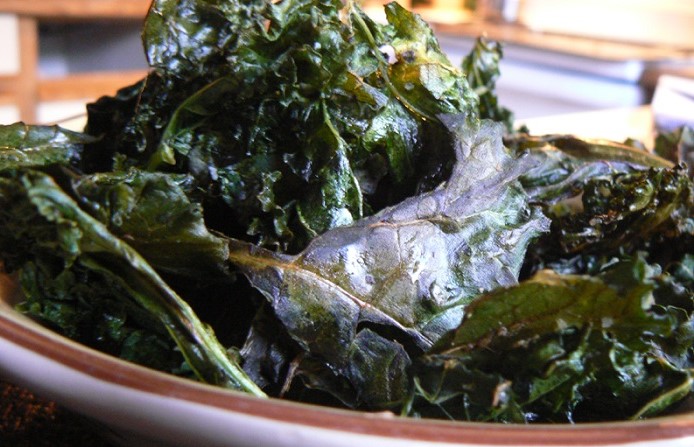With even more nutrients than spinach, kale is one of the healthiest foods in the world. It is important to eat kale, because it plays an essential role in healthy skin, hair, bone health, and it provides protein, iron, vitamins and minerals.
Kale’s Nutritional Content
Kale contains significant amounts of vitamins A, C and K. It is also filled with minerals, such as potassium, copper, iron, manganese and phosphorus. It contains very few calories, and high amounts of protein.
Finally, because the proportion of oxalate in kale is very low, it is easy for the human digestive system to absorb the calcium and iron that are to be found in kale. This is not the case with spinach. Therefore, from this point of view, kale is a healthier option than spinach.
Who Should Eat Kale?
- Everyone should eat Kale for its various nutrients and health benefits.
- Kale is particularly good for people who suffer from certain illnesses. People who suffer from bone ailments should eat kale. This is because kale is rich in vitamin K, which forestalls bone fracture. It also enables the body to better absorb calcium and even lowers the amount of calcium that is eliminated by urinating.
- People suffering from heart disease should incorporate kale into their diet. This is due to the fact that kale contains vitamin C, vitamin B6, potassium and fiber, all of which maintain heart health. The potassium in kale helps to reduce the probabilities of developing cardiovascular disease. It also reduces the risk of getting a stroke, preserves the density of bone minerals and diminishes the formation of kidney stones.
- Furthermore, kale improves digestion. This is thanks to the high proportions of fiber and water that are to be found in kale. Fiber and water help to impede constipation and improve the regularity of bowel movements. This improves the general health of the digestive tract.
- Diabetics should also eat kale. This is because kale contains fiber. As demonstrated by studies, fiber helps to reduce levels of glucose in the blood of people suffering from type 1 diabetes.
- Studies have also indicated that kale improves blood sugar, insulin and lipid levels in sufferers of type 2 diabetes.
- Moreover, anybody who wants better skin and hair should try kale. This is because kale is packed of vitamin A, which helps to produce serum and keep hair moisturized. Vitamin A also promotes body tissue growth, which helps hair and skin tissues to grow. Furthermore, the vitamin C that kale contains helps to produce collagen, which reinforces skin and hair, and even prevents wrinkles. Finally, the iron in kale combats hair loss.
What are the Best Ways to Incorporate Kale into Your Diet?
These are the best ways to incorporate kale into your diet.
Since kale grows the most during the winter, this is the best time of year in which to make the most out of it: it’s fresh, cheap and in season.
Unlike other vegetables that may be scarcer in the winter, kale is readily available, and it is advised to use it to supplement your winter diet.
Kale has a much more distinctive flavor than regular lettuce. It tastes spicy; earthy, and has more of a crunchy consistency than other greens.
You could eat raw kale in the form of a salad. You could even put it in sandwiches, wraps, or include it in a hot winter soup.
Furthermore, kale could be used to make a healthy snack: kale chips. (Pictured above.) Simply peel off the kale’s spine. Put the kale on a baking tray that has been greased with olive oil. If you’d like to add an extra kick, sprinkle with spices, such as cumin, chili powder or even garlic. Bake at 275 degrees Fahrenheit until they are as crisp as you like them. This will take between 15 and 25 minutes.
Finally, you could add blended kale to your vegetable smoothie.
Never Underestimate the Power of Kale
Of all of nature’s miracle foods, Kale is at the top of the list. Kale’s calorie count is also so low that it makes the perfect food for healthy weight management and because it is rich in fiber it is very filling.
It is so important and provides so much in the way of nutrition that it is imperative to eat it at least 4 times per week, but, the more the better!




